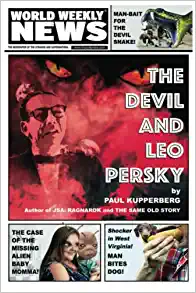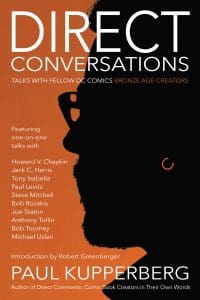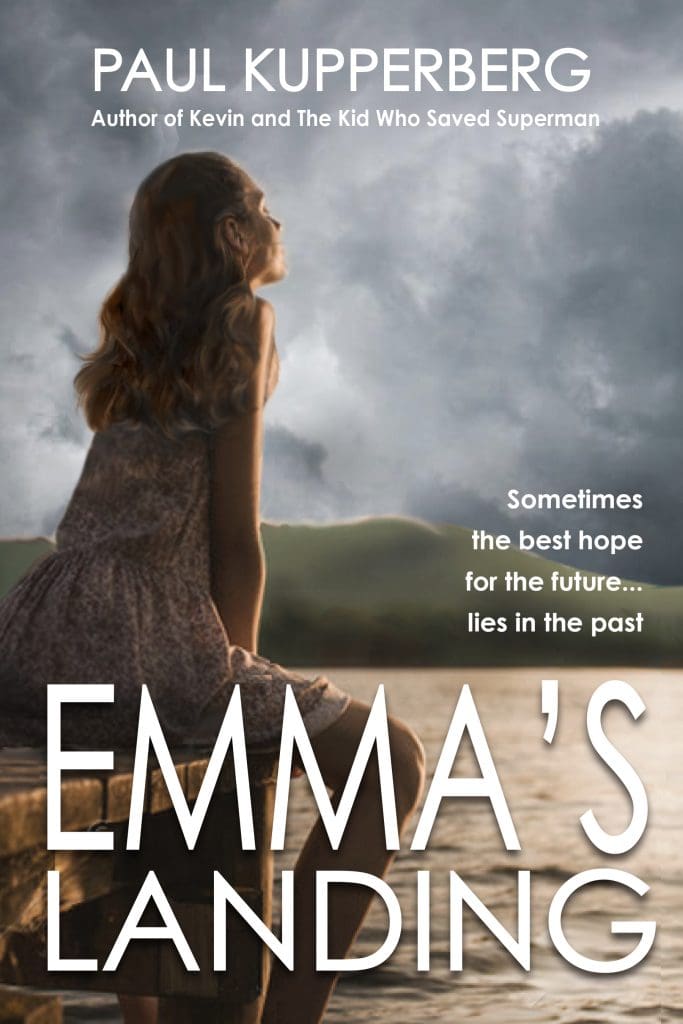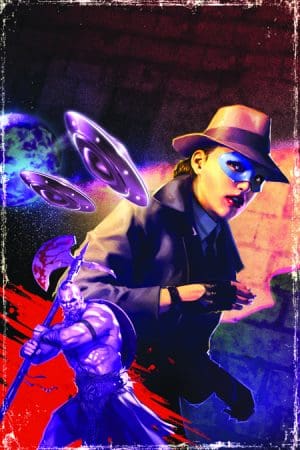A free sample short story from The Devil and Leo Persky

I used to be a writer and editor for Weekly World News, the fake news supermarket tabloid that chronicled such phenomena as Bat Boy, Big Foot, alien babies, and Elvis sightings. The job of a WWN writer was to think up crazy shit and write a couple of hundred humorous words on it because, of course, everything we published was fake…except for the disclaimer in six-point type at the bottom of page three that confessed we were just funnin’ you for entertainment purposes.
I missed WWN when it folded in 2007. Not only was it a great day job where I got to work with a small staff of friends (including fellow Crazy 8’er Bob Greenberger), but writing those wacky articles was fun. It was all about starting with a premise loosely based on reality; an idle thought about what happened to the rest of the rabbits whose feet were used to make good luck charms, I wrote an article about the disabled surviving hares bringing class action lawsuits against rabbit’s foot manufacturers. I turned historical speculation about Abraham Lincoln’s mental health into a story in which he was a straitjacketed lunatic. Anything and everything was fodder for a WWN story.




